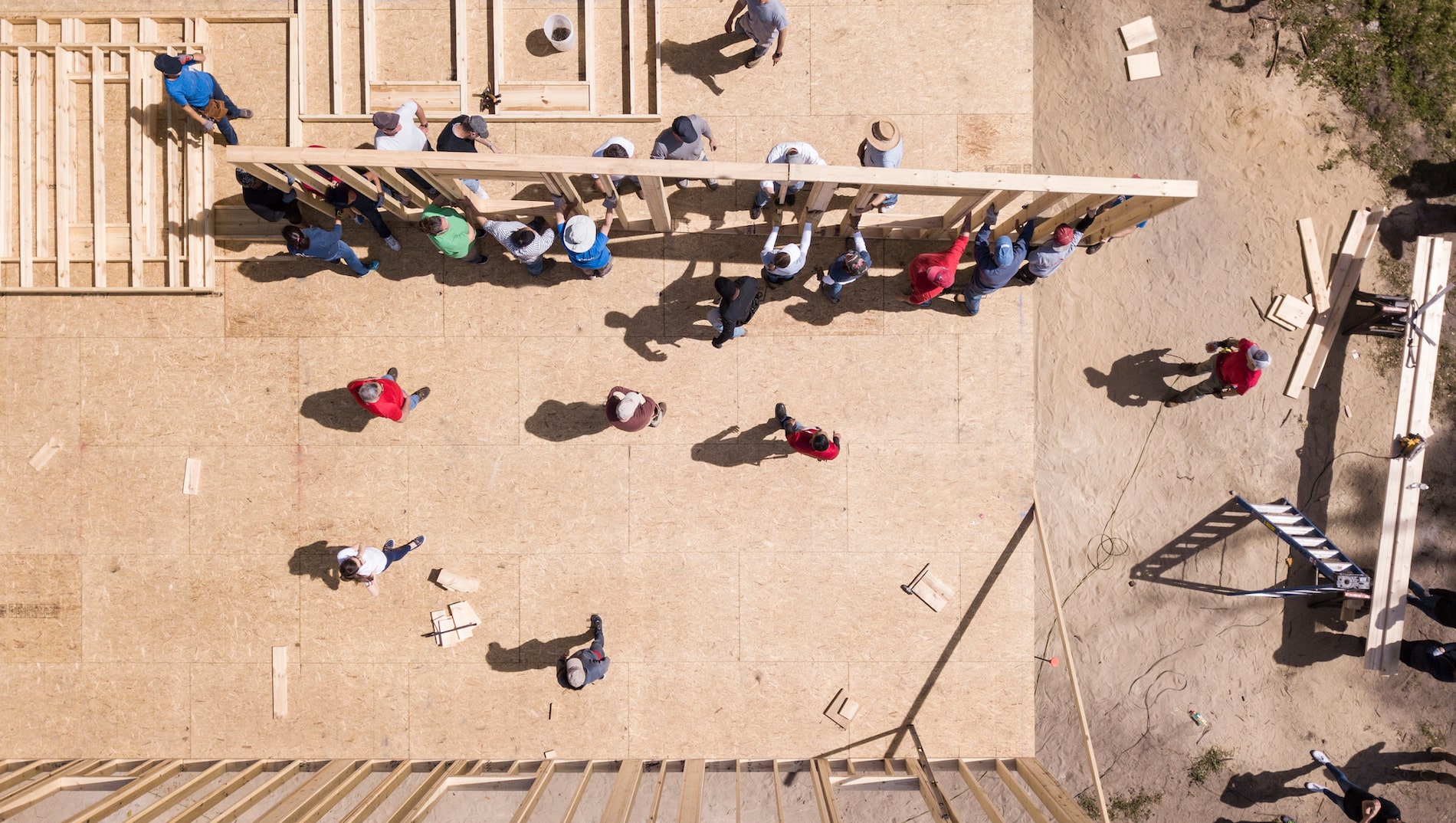
CEO
Building Talent Foundation
Branka Minic’s first glimpse into the world of construction was her grandfather’s family business in Europe, one which, as a woman, she was not allowed to join. In the U.S., her career path has led her to refilling the pool of skilled construction workers, ideally for generations to come, as CEO of the Building Talent Foundation (BTF), a nonprofit focused on strengthening the residential construction workforce.
The need is pressing: In a National Association of Home Builders survey earlier this year, 85% of members said skilled labor availability and cost are among their most significant challenges, and NAHB forecasts the need for 2.2 million new workers by 2025. That’s why Minic and the BTF are working to offer training resources and career paths at no cost to employers, one company at a time.
PRO BUILDER: What scope of opportunities does the Building Talent Foundation provide?
Branka Minic: The first part of our strategy is promoting careers in construction and building a strong pipeline of diverse talent to the industry. The second is building talent connections.
We observed that there are a number of good training programs and educational institutions providing construction training, but they’re operating somewhat separately from employers and maybe aren’t focusing on exactly what it is employers really need. So we’ve become the connector between the supply and demand for skills in the sector.
Third, we focus on ways to retain and engage those already in the industry because talent is valuable, and we must hold onto it.
RELATED
- HBI President Ed Brady’s Call to Action to Solve the Labor Shortage
- Construction’s Next Generation: Insights From Build My Future 2022
- Labor Shortage Survey: Who's Leading? Where's the Solution?
PB: Where are builders succeeding and where are they falling short in recruiting and retaining skilled labor?
BM: In 2021, we conducted a comprehensive Homebuilding Workforce Engagement Study in which we partnered with the Leading Builders of America as well as the Home Builders Institute, to identify a baseline of engagement and the main reasons why workers stay or leave a job in this industry. We discovered that while compensation is important, the majority of workers leave because they don’t have access to skill development and career progression. We, as an industry, need to focus much more on providing those pathways.
Also important are the leadership skills of supervisors. Does your immediate boss know how to motivate you, help you advance, or support you when times are tough? That leadership is vital to retaining workers, and that’s also where we have a long way to go.
PB: How has the industry changed since the study was conducted in 2021 and what can employers do differently now?
BM: The industry is going through a major shift right now. There is some slowdown in housing demand and our biggest worry is that employers will stop hiring and training people because they’re concerned about the economy.
Opportunity is abundant in this industry, but it’s the fragmentation that’s really working against us. There are so many different workforce development programs and so many people trying to compete—as opposed to cooperating.
We know there are anywhere between 300,000 and 400,000 open positions in construction now, and 40% of the current workforce will retire within the next few years. Stopping the hiring and training process right now is a death sentence for this workforce and this industry.
PB: The Building Talent Foundation works to meet the Quality Education and Decent Work & Economic Growth goals of the United Nations Sustainable Development Goals (SDGs). Can you explain what those benchmarks are and how you’re meeting them?
BM: Our work really helps not only the companies and individuals but also a countless number of communities because we target young people and also those in underrepresented groups. We help communities decrease their unemployment, so the wider benefits are for the community and for economic development.
That's how we specifically address some of the United Nations’ benchmarks. We also work closely with our education partners and our employers to bring them together and better align what schools teach with what employers need.
PB: What are some simple but effective steps home builders can take to attract and retain skilled workers?
BM: One way employers can retain skilled workers is by assessing individual career interests and goals to develop specific training plans for each associate in a company. Then companies can utilize available resources—many of which are accessible for very little or no cost to a builder—to train those employees.
For example, at Building Talent Foundation, our Jobs to Build platform includes 21 career pathways, and we also offer a learning management system and training videos, all at no cost. That kind of career guidance will go a long way toward training and retaining workers.
Another key step is to work with supervisors on embracing new ways to motivate younger generations of workers. We need to provide more feedback and encouragement to younger workers. We need to praise in public, but criticize in private. Those are very simple lessons that can be taught easily to our supervisory-level employees to better retain their workers.
PB: Do you anticipate strong workforce development in the coming years? What has to happen first in order for the industry to get to that point?
BM: I think this industry has tremendous potential to give to people and also to give to communities. I've seen people who don't have college degrees work their way up from being a craftsman to a high-level position in a leading company. Opportunity is abundant in this industry, but it’s the fragmentation that’s really working against us. There are so many different workforce development programs and so many people trying to compete—as opposed to cooperating. For me, the key to success for this industry is a high level of cooperation through education with employers and assistance from home building associations and organizations like the National Association of Home Builders. Both big and small entities really need to be cohesive. Then the sky's the limit.







